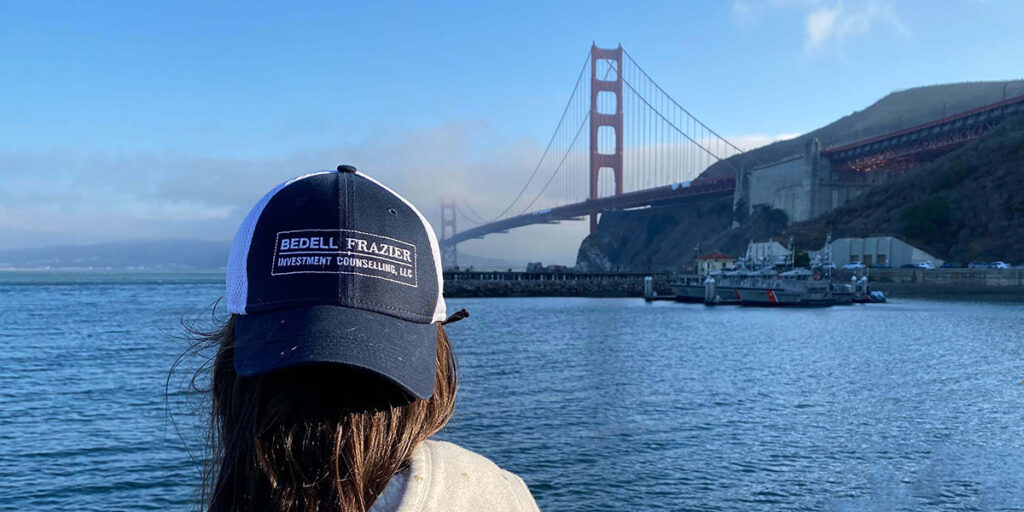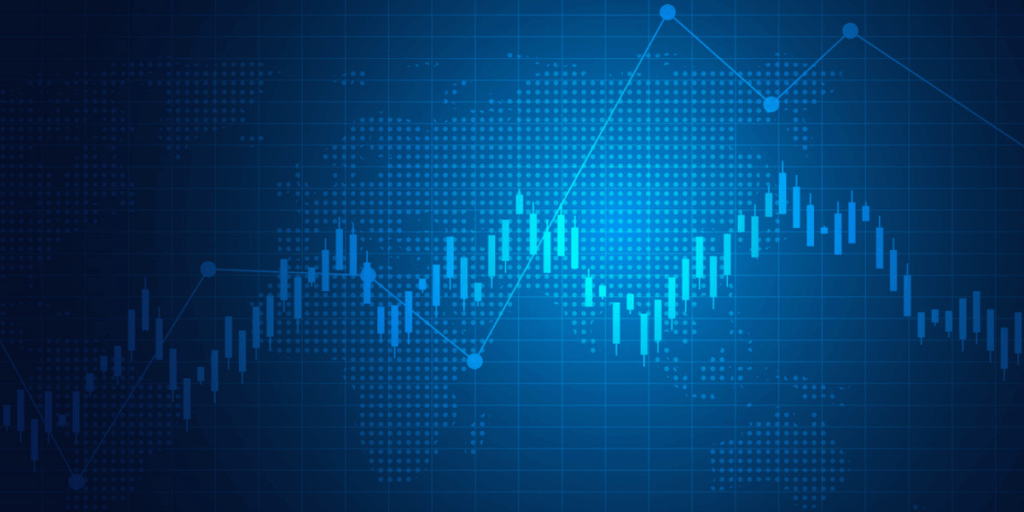It was a solid first week of Q3 earnings. The Big Banks reported another robust round of results. The economic recovery has allowed lenders to release more cash they had set aside for pandemic losses. Higher interest rates made it more profitable. Increased equity trading further boosted their bottom lines. The Market liked it.
It’s still very early, but Earnings Season is already showing signs around elevated demand and pricing. The economic recovery continues. That said, companies are facing major supply chain challenges and labor shortages. Those are driving inflation big time, something we haven’t seen in years.
You no doubt have heard much about the supply chain strain across the country. It has led to serious backlogs, reduced items at stores and higher prices. Inflation accelerated in September to levels not seen in a decade.
The Port of Los Angeles is the busiest port in the country. Spread over 7,500 acres with 25 cargo terminals and nearly 2,000 vessels, it handles 20% of all incoming cargo for the United States. The vast majority of the cargo comes from Asia. Back in June, the Port of LA announced it processed over 10 Million containers over the prior 12 months. That was a first for any port in the Western Hemisphere. That was before the bottleneck began.
When you add the neighboring Port of Long Beach, you account for over 1/3 of America’s shipping. They bring in 40% of our imports and ship out approximately 30% of exports. These 2 ports connect the most active channels in American trade. It’s big business. Taxes from trade account for a third of California’s economy. You can see why this is a really big deal.
Last month, a record 73 ships were forced to wait out in the Pacific, miles away from port. It’s reportedly down to 58 now. That’s still a massive number. Before Covid, it was unusual for more than one ship to have to wait at a time.
The Port of Los Angeles will begin operating 24 hours a day and 7 days a week to ease cargo bottlenecks that have led to shortages and higher consumer costs. It comes as officials scramble to ease the strain that may lead to supply shortages for the Holidays. Long Beach had already moved to 24/7. It has yet to solve the problem. But it’s a start.
The root of the problem goes back to the beginning of the pandemic in the Spring of 2020. The US Economy was shutdown, creating a shock to the system. Consumer demand instantly shrunk. Shipping lines were canceled between North America and Asia. Remember back when people were stockpiling food, water and paper goods? It’s happening again.
When consumer demand picked up over the Summer of 2020, there were thousands of empty containers stuck in the US. By the Fall, the West Coast freight networks were bursting at the seams, trying to handle the surge in imports. Then, the wave of Covid cases in Southern California last Winter exacerbated the issue by causing a labor crunch. Docks, warehouses and truckers that handled the cargo were unable to find enough workers. A year later, they still can’t find workers. Cargo does not move itself.
The bottlenecks led to shortages of items ranging from toys, timber, appliances, new clothes and pet food. It also pushed up prices. The White House got involved this week, seeking to alleviate supply chain issues ahead of the Holidays.
The White House needs cooperation from Corporate America to make it happen. The President held a meeting with executives from Walmart, FedEx and UPS in Washington. He also met virtually with union members and port directors. Walmart and FedEx have already committed to increasing their round-the-clock operations to help clear the jam. The efforts are expected to unload 3,500 extra containers per week. Other companies are expected to follow.
The supply chain is long and broad and complex. It connects ships and trucks and planes and trains to warehouses, forklifts, stores and people. It’s all about logistics. Bottlenecks clog. There are clearly some inefficiencies. It seems to be ripe for innovative solutions. Necessity is the mother of invention. I’ve heard that before.
Some retailers have taken control to solve their supply constraints themselves. Costco, Walmart and Home Depot chartered their own ships to bring in goods from overseas. Target, Amazon and Gap are already offering discounts. They’ve effectively started the Holiday sales weeks before Black Friday. The goal is to stretch out the year-end shopping season, as this supply chain strain could leave them with empty shelves closer to the Holidays.
Some retailers have a load of goods that they brought in early. With limited warehouse space available, they need consumers to buy the stuff immediately. It seems to be working.
Americans are expected to spend approximately $1.3 Trillion this Holiday Season. That would result in an 8% increase over last year. According to a RetailMeNot survey of over 1,000 people, 37% of shoppers began their Holiday shopping between August and September. Another 22% said they would start shopping in October. An additional 24% planned to begin in November ahead of Thanksgiving. The final 17% are probably like me, haven’t even thought about shopping…
Supply chain-related shortages of goods like semiconductors and cars have already driven up consumer prices. The Federal Reserve updated its forecast for inflation running at 4.2% in 2021, well above its 2% target. It’s expected to slide back towards 2% next year. That was followed by the IMF cutting its forecast for GDP growth due to the supply chain strain. The Market has been recalibrating based on all of this. Corrective price action was the result. But a rally came this week. Year-end is historically good to investors.
Tech continues to be a Holiday theme. A majority of US consumers say they will spend money on technology products during the Holiday Season. The survey saw the highest among Gen Z and Millennials at 69% each. 54% of Gen Xers plan to spend on tech. Baby Boomers are less likely, at 38%.
Gift cards are expected to see record activity this year. That sounds like a great solution for those tough to shop for on your list. And you can definitely blame the supply chain.
Have a nice weekend. We’ll be back, dark and early on Monday.
Mike






